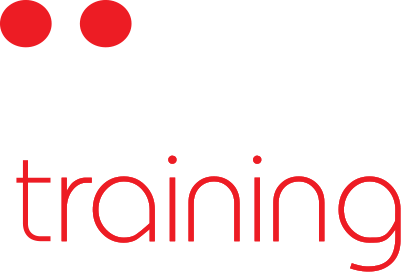The widespread acceptance and integration of technology into our society may indeed be the proof needed to counter the argument: “you can’t teach an old dog new tricks.” As technology has grown in its importance and impact in our world, it seems that virtually everyone has adapted and picked up this new and ever-changing set of skills. But not everyone so easily adapts. Though it may not seem like it in the face of technological domination, many individuals do not readily grasp these new ideas or quickly acquire the necessary skills. Not everyone who deals with technology possesses an aptitude for it. This leads to the ultimate question: can technology be taught?
Technology Skills are Like Any Skills
Learning any new skill can be overwhelming at first, particularly if you have no basis of knowledge from which to begin. To help learners or trainees grasp new technology, no matter how basic, a process of teaching through step-by-step instructions is always vital. Technology and its accompanying principles can often be vague and abstract, so breaking it down into its more digestible parts can be extremely helpful.
When working with someone with a very scarce base in technological knowledge, be prepared to cover and explain primary concepts, and provide lots of details for how elements fit together. Many learners approach new concepts by first understanding the big picture. When dealing with something as massive and elusive as technology, moving from big picture concepts to smaller details can help make learning a breeze.
Technology as a Learning Tool
Not only can technology be taught, but technology in all its forms has brought about the development of products which are incredible learning tools. In schools around the world, students are making the shift to learning with iPads, tablets, and other gadgets, and have been working with computers for many years already. Technology is a wonderful vehicle to help instruct students, and the interactive nature of these items can help facilitate learning in a new and beneficial way.
In terms of teaching technology, there is no better way to learn technology than by using the concepts practically, working with technological items as you go. A remarkable amount of knowledge and skills can be achieved when one has plenty of time to explore a computer or other advice, discovering the ways in which it functions. Hands-on, real experience is probably the best method available for teaching technology.
The Importance of a Good Teacher
Amidst all the brilliant technology and excellent training programs, nothing can replace the value of a quality instructor when it comes to learning. At IIT Training, we utilise blended training methods to maximise the learning of our clients. Blended methods cater to a variety of learning styles, and also force the trainees brain to adapt and learn in new ways--to better accept the new skills and absorb fresh information. When training, an expert instructor will assist with this blended training. The instructor can guide you to best understand the new programs, materials, or technology, allowing for plenty of practice, discussion, and feedback. The support of a qualified teacher in the area of technology is very important to promote an optimal learning environment.


